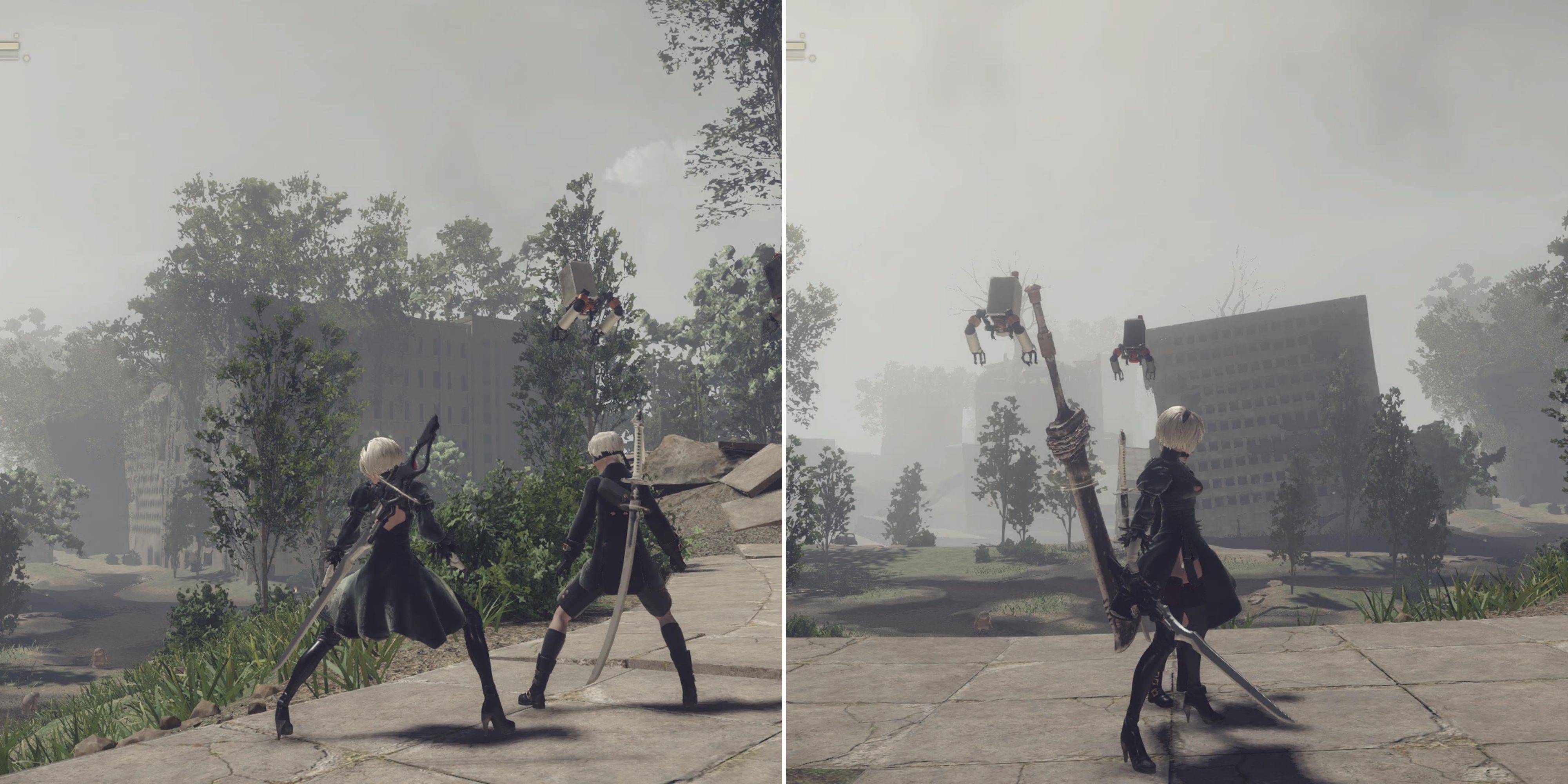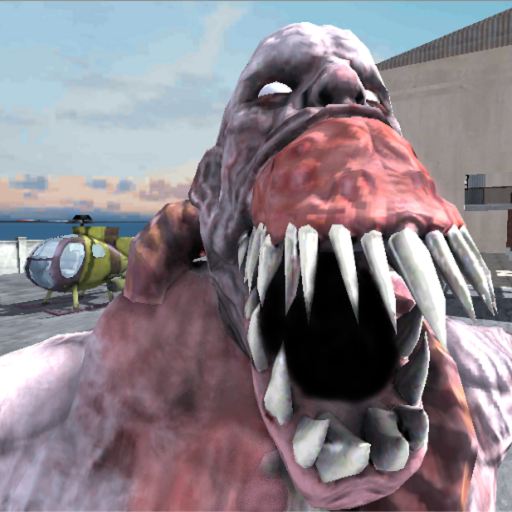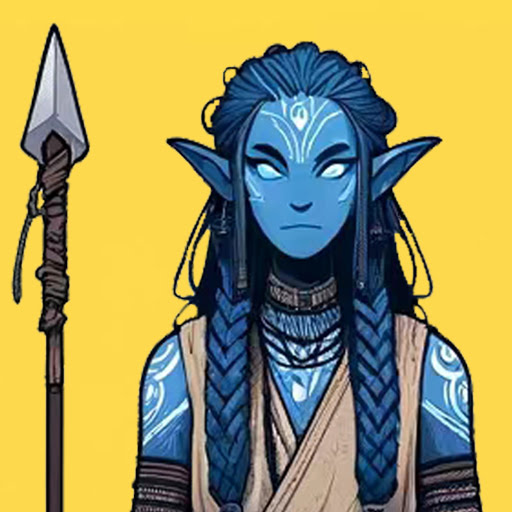Why Assassin's Creed 2 and 3 Had the Best Writing the Series Has Ever Seen
One of the most unforgettable moments in the Assassin’s Creed series occurs early in Assassin’s Creed 3, when Haytham Kenway completes assembling his team in the New World. Players initially believe they are aiding a group of assassins. Haytham, with his hidden blade and charisma reminiscent of Ezio Auditore, has until this point portrayed the role of a hero, liberating Native Americans from prison and confronting British redcoats. However, when he utters the iconic phrase, “May the Father of Understanding guide us,” it becomes clear that the player has been following the Templars, the series' sworn enemies.
This surprising twist represents the pinnacle of Assassin’s Creed’s narrative potential. The original game introduced a compelling concept—identifying, understanding, and eliminating targets—but lacked depth in character development for both protagonist Altaïr and his targets. Assassin’s Creed 2 improved by introducing the iconic Ezio, yet failed to enrich his adversaries, notably with Cesare Borgia in the spinoff Assassin’s Creed: Brotherhood. It was not until Assassin’s Creed 3, set during the American Revolution, that Ubisoft fully developed the hunted characters as much as the hunter. This approach created a seamless narrative flow and achieved a perfect balance between gameplay and story, a feat yet to be replicated in subsequent titles.
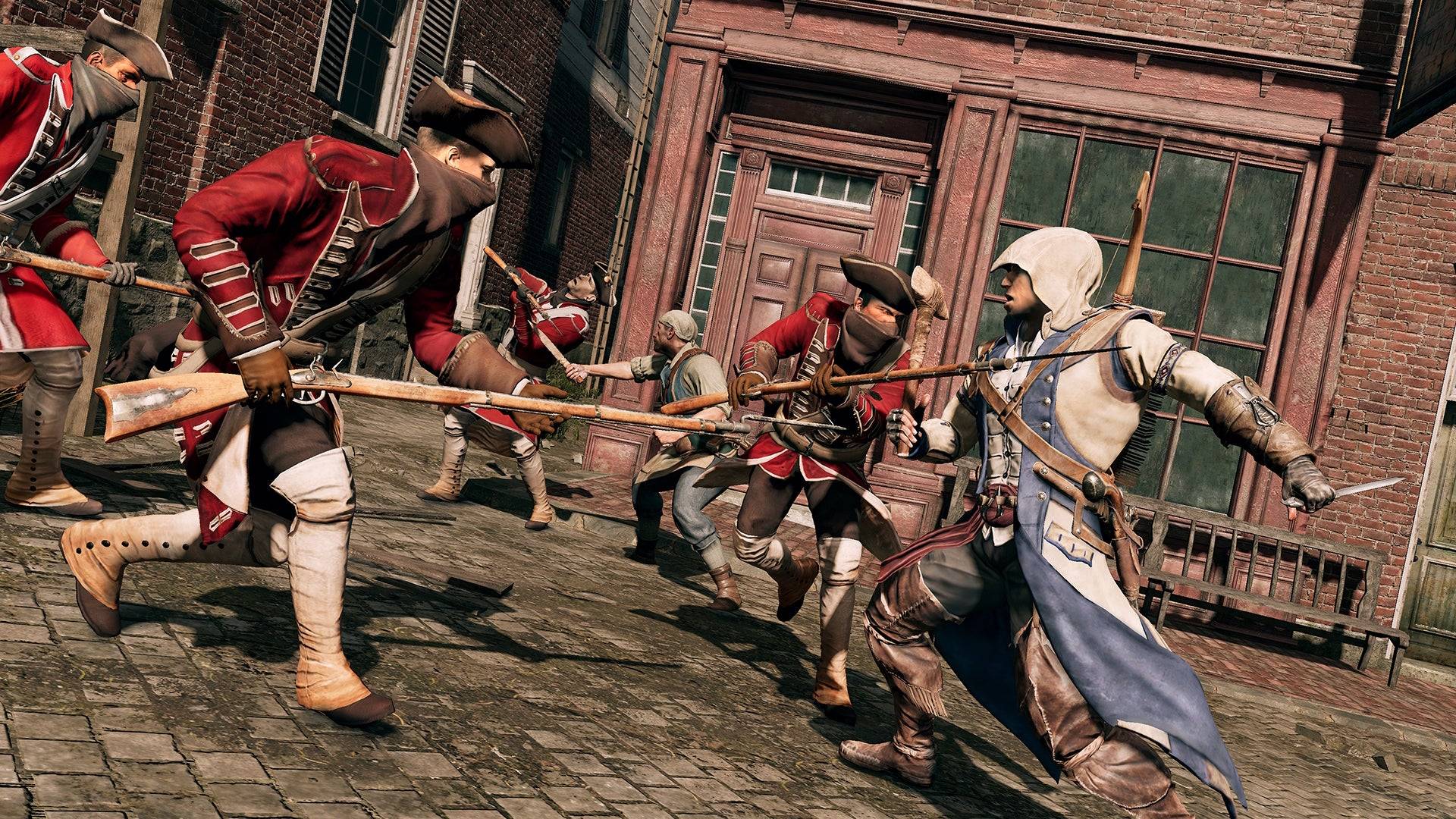
While the current RPG-centric era of the series has received praise from both players and critics, there's a consensus among many fans, expressed in articles, YouTube videos, and forum discussions, that Assassin’s Creed is on a downward trajectory. The reasons for this decline are debated. Some argue it's due to the increasingly fantastical settings, like battling deities such as Anubis and Fenrir. Others criticize the introduction of romance options or the use of real historical figures, such as the African samurai Yasuke in Assassin’s Creed Shadows. Personally, I believe the root cause is the series’ shift away from character-driven storytelling, which has become overshadowed by expansive open-world elements.
Over time, Assassin’s Creed has evolved from its action-adventure roots by incorporating RPG and live service elements, including dialogue trees, XP-based leveling, loot boxes, microtransactions, and gear customization. However, as the games have grown larger, they've begun to feel more hollow, not just in their numerous side missions but also in their storytelling.
Although games like Assassin’s Creed Odyssey offer more content than Assassin’s Creed 2, much of it feels less polished and engaging. The inclusion of player choice, intended to enhance immersion, often leads to scripts that stretch thin across multiple scenarios, lacking the tight, focused storytelling of earlier games. The action-adventure era's scripts allowed for well-defined characters, not diluted by the need to cater to various player-driven outcomes.
Thus, while Assassin’s Creed Odyssey technically contains more content than Assassin’s Creed 2, the quality of its narrative and character development can feel superficial. This diminishes immersion, as interactions with characters often feel artificial rather than reflective of complex historical figures. In contrast, the Xbox 360/PS3 era delivered some of the finest writing in gaming, exemplified by Ezio’s passionate speech after defeating Savonarola, and Haytham's tragicomic soliloquy upon being killed by his son, Connor:
“Don't think I have any intention of caressing your cheek and saying I was wrong. I will not weep and wonder what might have been. I'm sure you understand. Still, I'm proud of you in a way. You have shown great conviction. Strength. Courage. All noble qualities. I should have killed you long ago.”
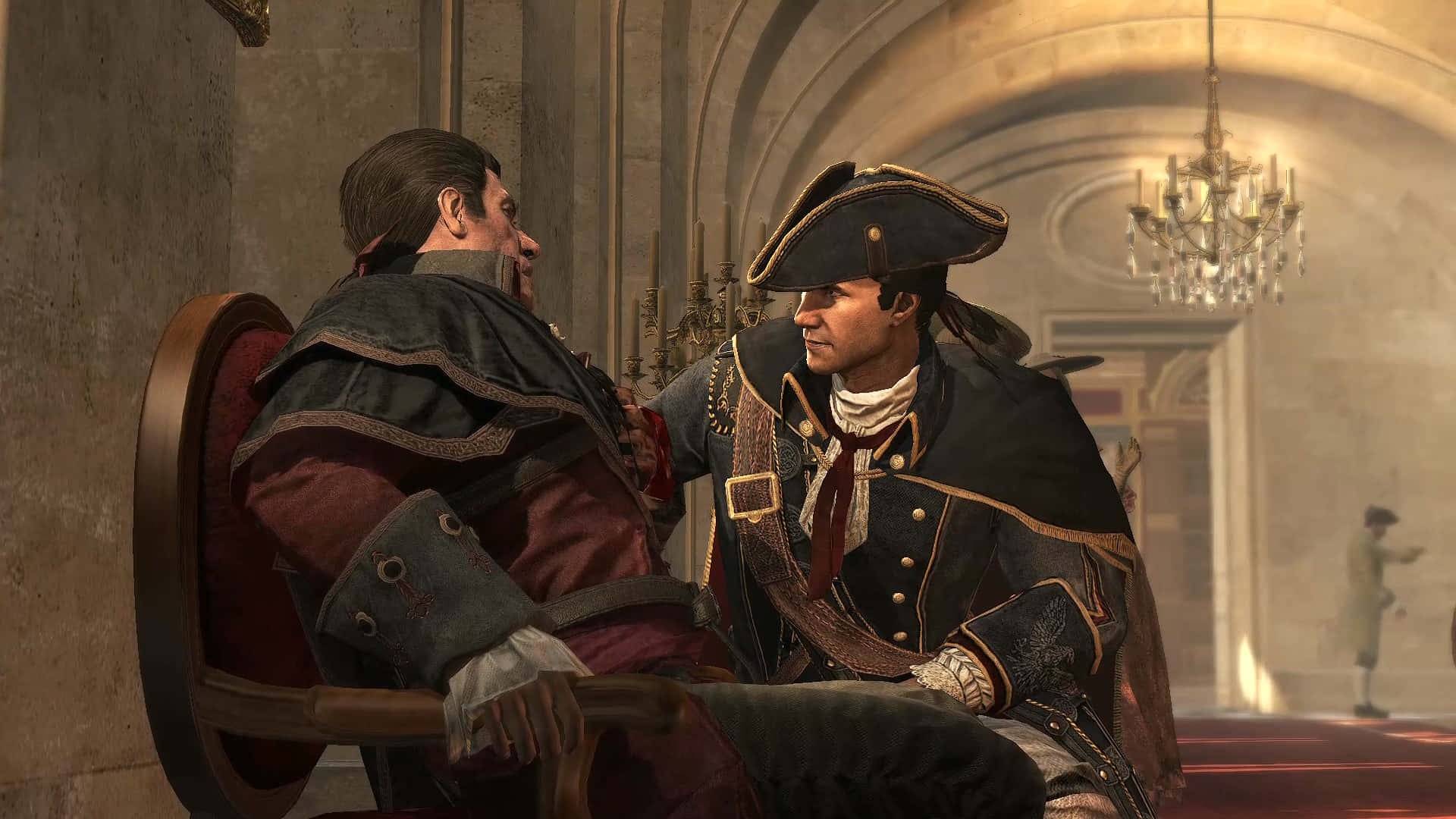
The quality of writing has also declined in other aspects. Modern games often adhere to a simplistic moral dichotomy of Assassins being good and Templars being evil, while earlier games blurred these lines. In Assassin’s Creed 3, each defeated Templar challenges Connor’s beliefs, making players question their own. William Johnson suggests Templars could have prevented the Native American genocide. Thomas Hickey calls the Assassins’ mission unrealistic, and Benjamin Church argues that perspective shapes perception, with the British viewing themselves as victims. Haytham attempts to undermine Connor’s trust in George Washington, foreshadowing the despotism of the new nation. This revelation—that Washington, not Charles Lee, ordered the burning of Connor’s village—leaves players with more questions than answers, enhancing the narrative depth.
Reflecting on the franchise's history, the enduring popularity of “Ezio’s Family” from the Assassin’s Creed 2 soundtrack, composed by Jesper Kyd, underscores the series' strength in character-driven narratives. The melancholic guitar strings evoke Ezio’s personal loss rather than merely the Renaissance setting. While I appreciate the expansive world-building and graphical advancements of newer Assassin’s Creed games, I hope the series will return to its roots, delivering focused, character-centric stories that originally captivated fans. In an industry increasingly favoring expansive sandboxes and live service models, however, such a return may not align with current business strategies.
Latest Articles


![1xBet [Updated]](https://imgs.yx260.com/uploads/76/1719623227667f5e3be7616.jpg)












